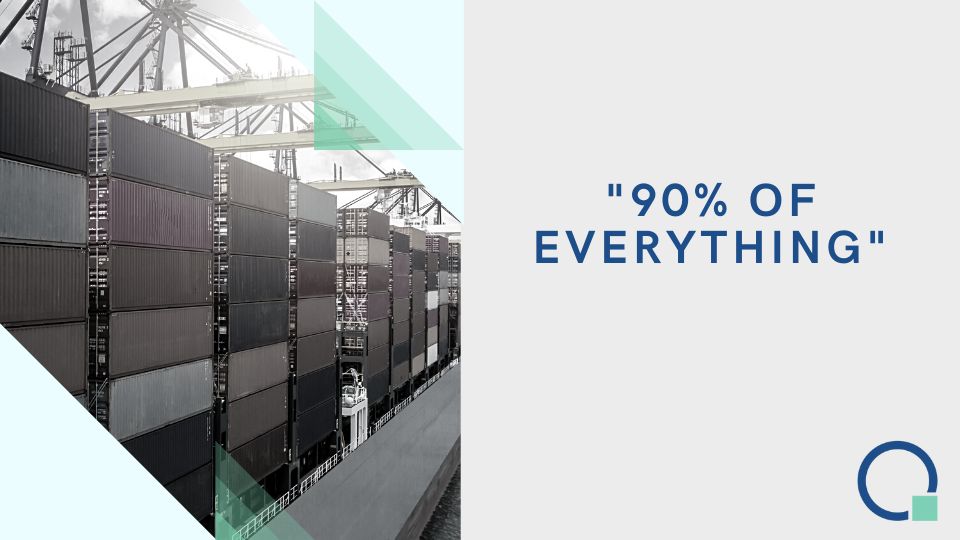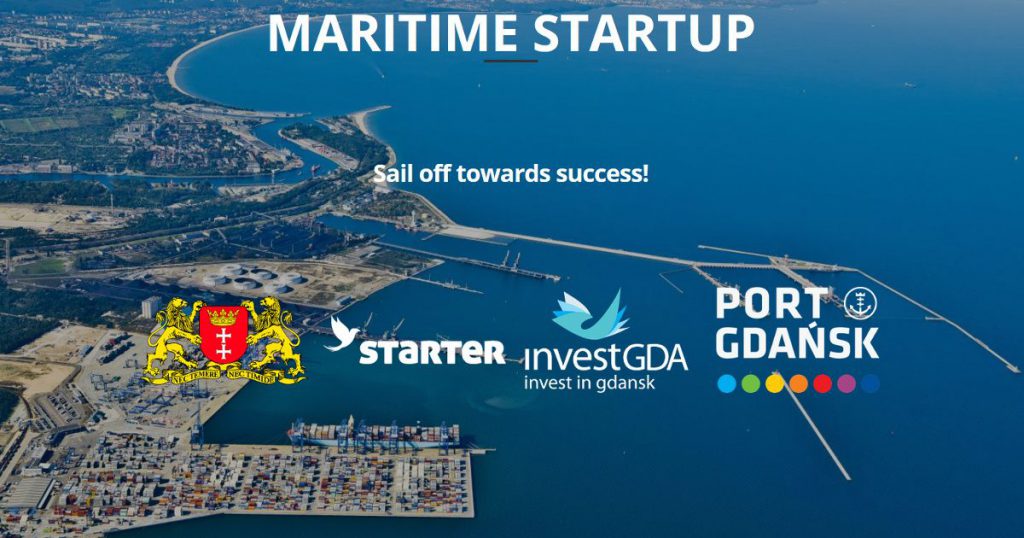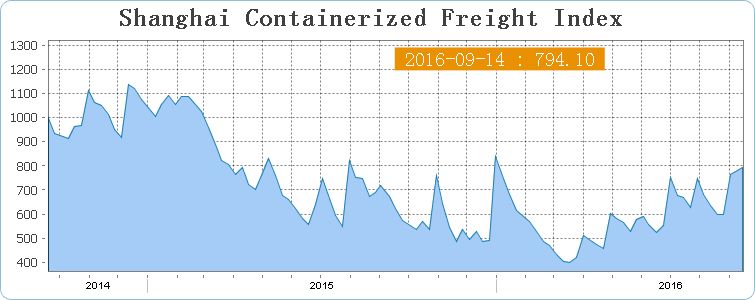Why Container Shipping is the “90% of Everything”
“Almost 90% of everything we buy arrives via ship”, writes Rose George in her mind-blowing book “Ninety Percent of Everything“, which covers her months-long adventure with the shipping industry and container shipping or… the biggest business that you know nothing about.
The statement “container shipping is 90% of everything” is often used to emphasize the significant role that container shipping plays in global trade. While the exact percentage may vary depending on the source and context, it is widely recognized that container shipping is a critical component of the global economy. Here are some reasons why this statement is made:
Ninety Percent of Everything by Rose George
Rose George, a British journalist, spent months traveling the ocean on various massive ships the length of football fields and the height of Niagara Falls to report this book on shipping, which she calls “the invisible industry”:
“These ships and boxes belong to a business that feeds, clothes, warms, and supplies us. They have fueled if not created globalization. They are the reason behind your cheap T-shirt and reasonably priced television. But who looks behind a television now and sees the ship that brought it? Who cares about the men who steered your breakfast cereal through winter storms? How ironic that the more ships have grown in size and consequence, the less space they take up in our imagination.”
It’s important to note that the “90% of everything” statement is a generalization and not an exact figure. However, it highlights the vital role container shipping plays in facilitating global trade and connecting economies around the world.
The Top 10 Most Fascinating Facts About the Shipping Industry:
1. Shipping is the “greenest” mass transport
Compared to the energy expended moving goods by plane or truck, shipping is far less damaging in terms of greenhouse gases released. However, the shipping industry is so big that, if you added shipping to the list of the world’s most polluting countries, it would come in sixth place.
2. Ships are incredibly big
The largest container ship can carry 15,000 boxes, which would hold 746 million bananas. This would be about one banana for every person in Europe.
3. Ships cover the oceans
At least 20 million containers are currently traveling across the oceans. That’s a lot of bananas!
4. Shipping is a huge source of revenue
Economically, the shipping industry is monstrous in its size. In the United Kingdom, shipping accounts for more of the GDP than restaurants, takeaway food, and civil engineering combined — about 2 percent of the GDP by itself, just behind the construction.
5. Pirates are dangerous and prevalent
The rate of attacks on seafarers by pirates (for example, off the coast of Somalia) was higher last year than violent assaults in South Africa, which has the highest level of crime in the world.
6. Shipping is incredibly cheap.
It’s less expensive to ship Scottish cod 10,000 miles away to China to be filleted and then sent back to Scotland than it is to pay Scottish filleters to do the job. Of course, this reflects mostly on the cheapness of Chinese labor, but it does also show shipping’s low costs.
7. The inspection of containers is rare.
Only 5 percent of the containers shipped to U.S. ports are physically inspected, and that number is even lower in Europe. This probably would help explain Jack Sparrow’s common question.
8. The oceans are vast.
A container ship travels the equivalent of three-quarters of the way to the moon and back in one year during its regular travel across the oceans.
9. Shipping companies don’t like outsiders.
Shipping companies are so secretive and private that, for example, the official Greek shipowners’ association refuses to reveal how many members it actually has. And, George points out, that’s not considered weird in the industry.
10. Shipworker demographics are extremely predictable
On average, the typical shipworker is a male Filipino; Filipinos make up one-third of all ship workers, and men constitute 98% of the workforce. As a British, white female, author Rose George was thus very much an outlier on her sea journeys.
The full text of the article can be found here
*Quotiss is a software company that provides a cloud-based platform for freight forwarding companies to simplify and automate their sales process.
Fill in this form to register for a free trial of Quotiss software. It only takes a few seconds!








